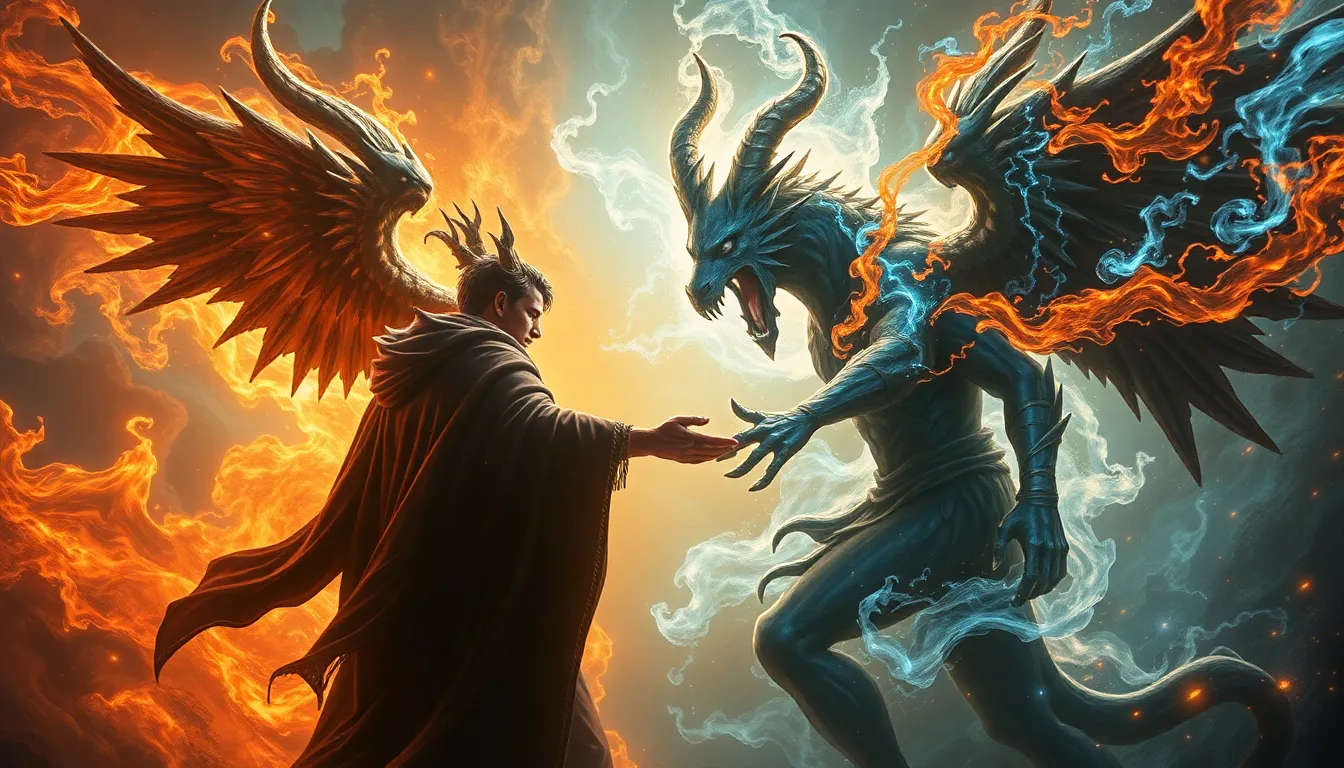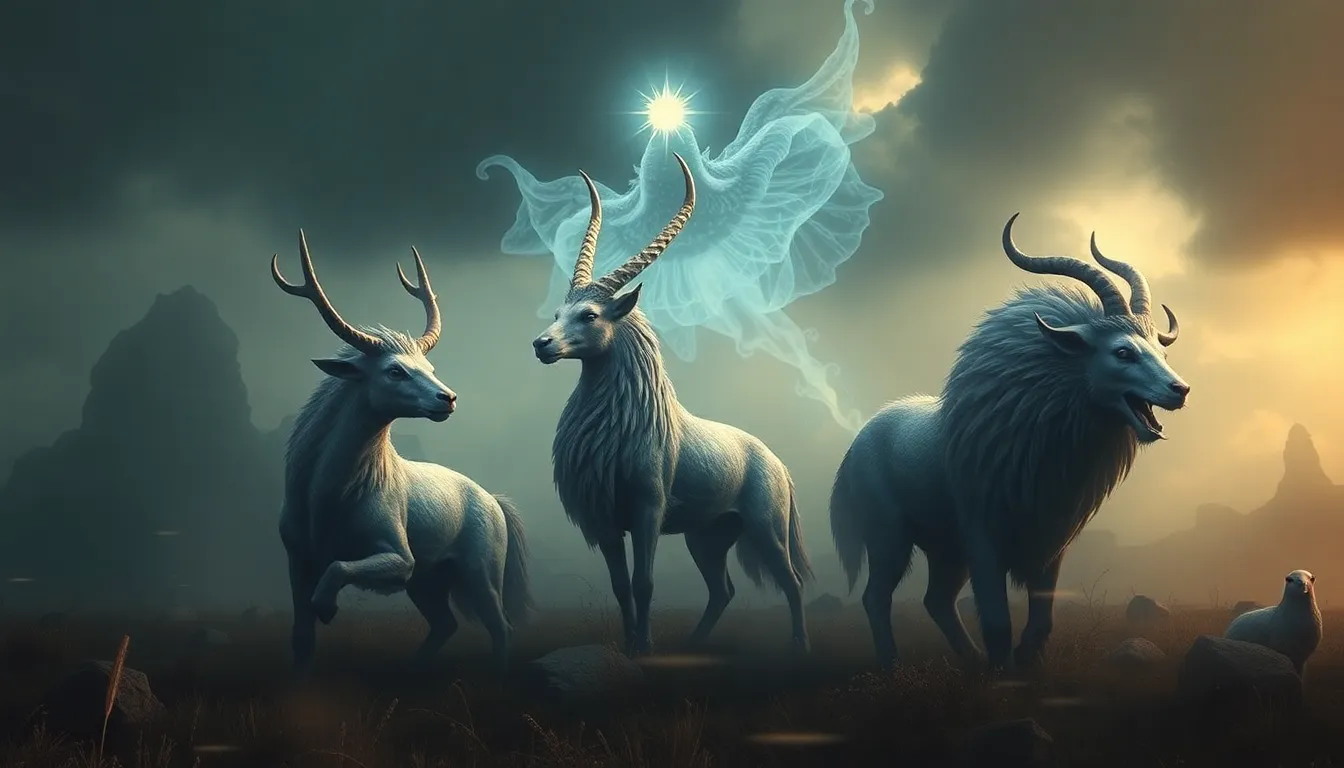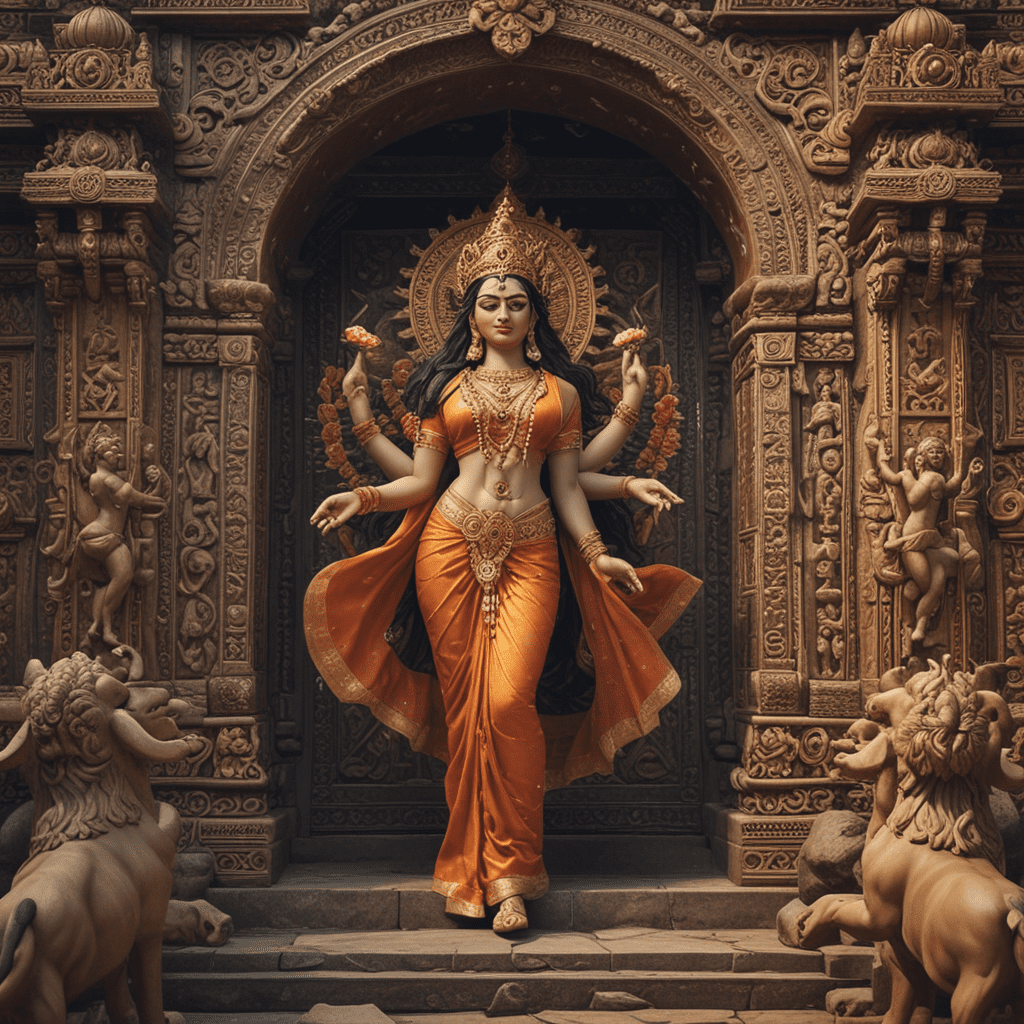Divine Encounters: The Most Epic Mythological Conflicts
I. Introduction
Mythology serves as a profound reflection of human beliefs, culture, and history across civilizations. It encompasses a collection of stories, legends, and deities that shape the worldview of societies. Through these narratives, cultures convey moral lessons, historical events, and the complexities of human existence.
Divine encounters in mythology often depict epic conflicts among deities, showcasing the struggles for power, justice, and balance in the universe. These conflicts serve not only as entertainment but also as allegories for human experiences, illustrating the trials and tribulations faced by mortals and gods alike.
The purpose of this article is to explore some of the most epic conflicts among deities in various mythologies, highlighting their significance and the underlying themes that resonate with humanity.
II. The Nature of Divine Conflicts
Mythological conflicts are characterized by their grand scale and the involvement of powerful beings. They often reflect the values and concerns of the cultures from which they originate. Some key characteristics include:
- Cosmic Scale: Conflicts often affect the balance of the universe or the fate of humanity.
- Power Struggles: Many stories revolve around the quest for dominance among gods.
- Moral Lessons: These tales often convey messages about justice, revenge, and the consequences of one’s actions.
Mortals frequently play pivotal roles in divine battles, either as pawns manipulated by the gods or as heroes who influence the outcome of these conflicts. Themes of power, revenge, and justice are recurrent, illustrating the complexities of both divine and human nature.
III. Greek Mythology: Titans vs. Olympians
The Titanomachy, a significant conflict in Greek mythology, represents the battle between the Titans, led by Cronus, and the Olympian gods, led by Zeus. This struggle for supremacy set the stage for the pantheon of gods known to the ancient Greeks.
Key Figures:
- Cronus: The leader of the Titans, who feared being overthrown by his children.
- Zeus: The youngest son of Cronus, who rallied his siblings and allies to challenge the Titans.
- Allies: Prominent figures included Hades, Poseidon, and various other gods and creatures.
The outcome of the Titanomachy was crucial, as Zeus and his allies emerged victorious, leading to the establishment of the Olympian order. This conflict not only shaped the hierarchy of the gods but also influenced numerous myths and stories in Greek culture.
IV. Norse Mythology: Ragnarok – The End of the Gods
Ragnarok is a series of events foretold to result in the death of numerous gods, including Odin and Thor, and the destruction of the world. This prophecy encapsulates the ultimate conflict between the forces of order and chaos.
Major Characters Involved:
- Odin: The Allfather, who gathers the gods to prepare for the impending doom.
- Thor: The thunder god, known for his strength and bravery, faces the serpent Jörmungandr.
- Loki: The trickster god, who plays a significant role in the events leading to Ragnarok.
- Fenrir: The monstrous wolf who ultimately confronts Odin.
The significance of Ragnarok lies in its themes of inevitability and renewal, portraying the cyclic nature of existence in Norse culture. While it marks the end of the gods, it also represents the promise of rebirth and a new beginning.
V. Hindu Mythology: The Battle of the Gods and Demons
In Hindu mythology, the Churning of the Ocean of Milk (Samudra Manthan) is a cosmic event where gods and demons collaborated to obtain the nectar of immortality. This epic struggle highlights the duality of creation and destruction.
Key Players:
- Vishnu: The preserver god, who plays a crucial role in maintaining balance.
- Shiva: The destroyer, representing the cycle of creation and destruction.
- Asuras: The demons who seek the nectar for their own gain.
The lessons derived from this conflict emphasize cooperation, the importance of balance between good and evil, and the idea that divine power can be harnessed for both creation and destruction in the cosmic order.
VI. Egyptian Mythology: Osiris vs. Seth
The story of Osiris and Seth showcases the eternal struggle between order and chaos. Osiris, the god of life and resurrection, is murdered by his brother Seth, the god of chaos and disorder.
Seth’s Role:
Seth embodies chaos and disruption, representing the forces that threaten stability in the universe. His actions lead to a series of conflicts that not only affect the gods but also the mortal realm.
The representation of Osiris’s resurrection symbolizes the triumph of order over chaos, reinforcing the Egyptian belief in the afterlife and the importance of maintaining Ma’at, or cosmic order.
VII. Mesopotamian Mythology: The Epic of Gilgamesh
The Epic of Gilgamesh narrates the journey of the titular hero, Gilgamesh, as he confronts divine beings and seeks immortality. His adventures highlight the relationship between humanity and the divine.
The Role of Enkidu:
Enkidu, a wild man created by the gods, becomes Gilgamesh’s companion, representing humanity’s connection to nature and the divine. Their friendship is central to the narrative, illustrating themes of camaraderie and the human condition.
The themes of friendship, mortality, and the quest for knowledge resonate throughout the epic, emphasizing the struggles that define human existence in the face of divine power.
VIII. Japanese Mythology: Amaterasu vs. Susanoo
The conflict between Amaterasu, the sun goddess, and Susanoo, the storm god, highlights the balance between light and darkness in Shinto beliefs. Their tumultuous relationship culminates in Amaterasu’s retreat into a cave, plunging the world into darkness.
The Myth of Amaterasu’s Hiding:
This myth illustrates the importance of harmony in nature and the consequences of discord among deities. The efforts of other gods to coax Amaterasu out of her hiding place symbolize the restoration of balance and the necessity of light in the world.
The cultural significance of this myth lies in its representation of the cycles of nature and the importance of maintaining harmony within society.
IX. Modern Interpretations and Adaptations of Mythological Conflicts
In contemporary culture, the themes of ancient mythological conflicts continue to resonate. Literature, films, and art frequently draw upon these epic narratives, reinterpreting them for modern audiences. For instance:
- Films: Movies like “Clash of the Titans” and “Thor” reimagine Greek and Norse myths for entertainment.
- Literature: Books such as Neil Gaiman’s “American Gods” explore the relevance of ancient deities in modern society.
- Video Games: Titles like “God of War” and “Smite” allow players to engage with mythological figures and conflicts.
These adaptations not only keep the stories alive but also explore contemporary themes of identity, power, and morality, demonstrating the enduring legacy of mythological conflicts in human culture.




